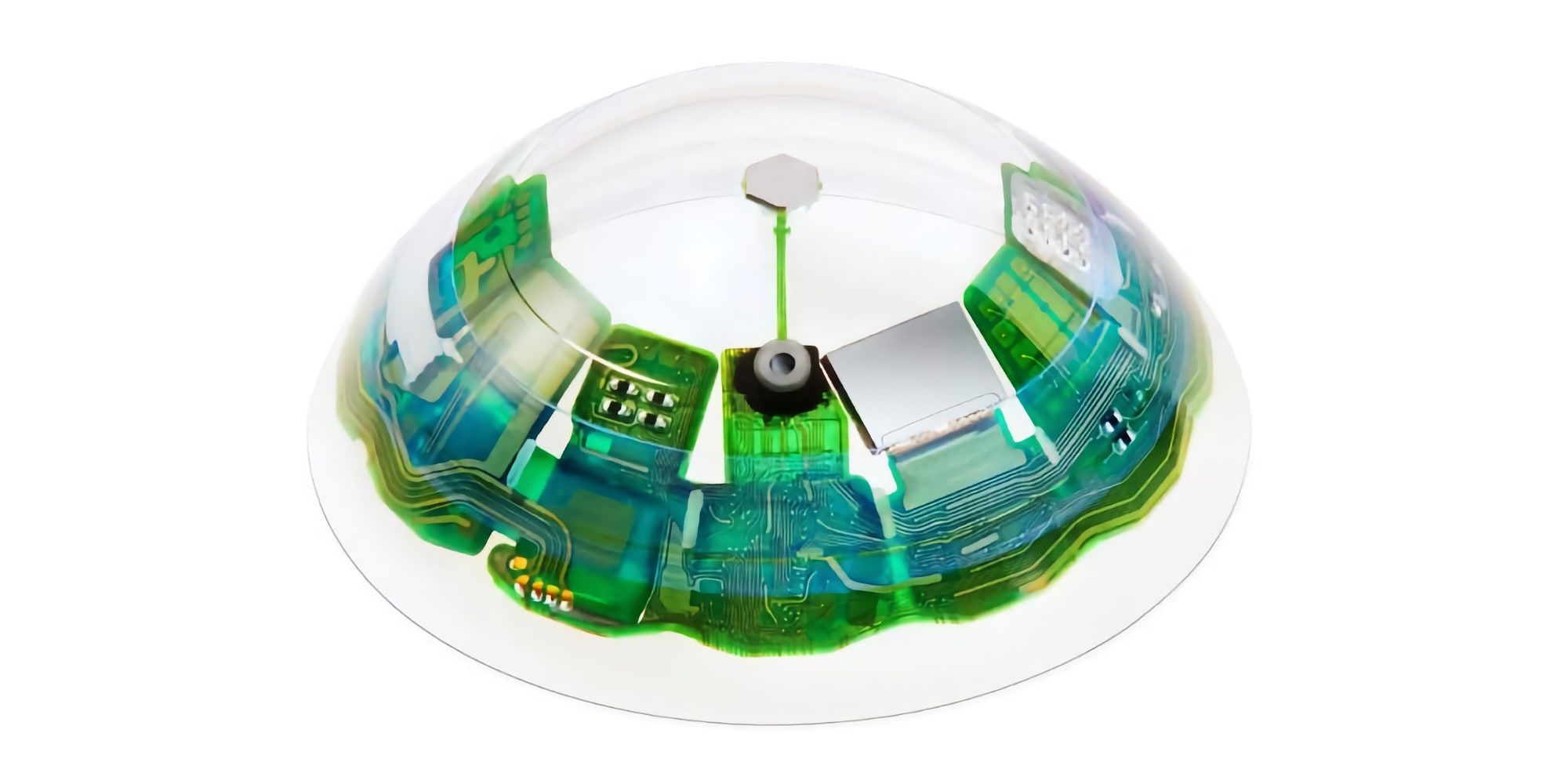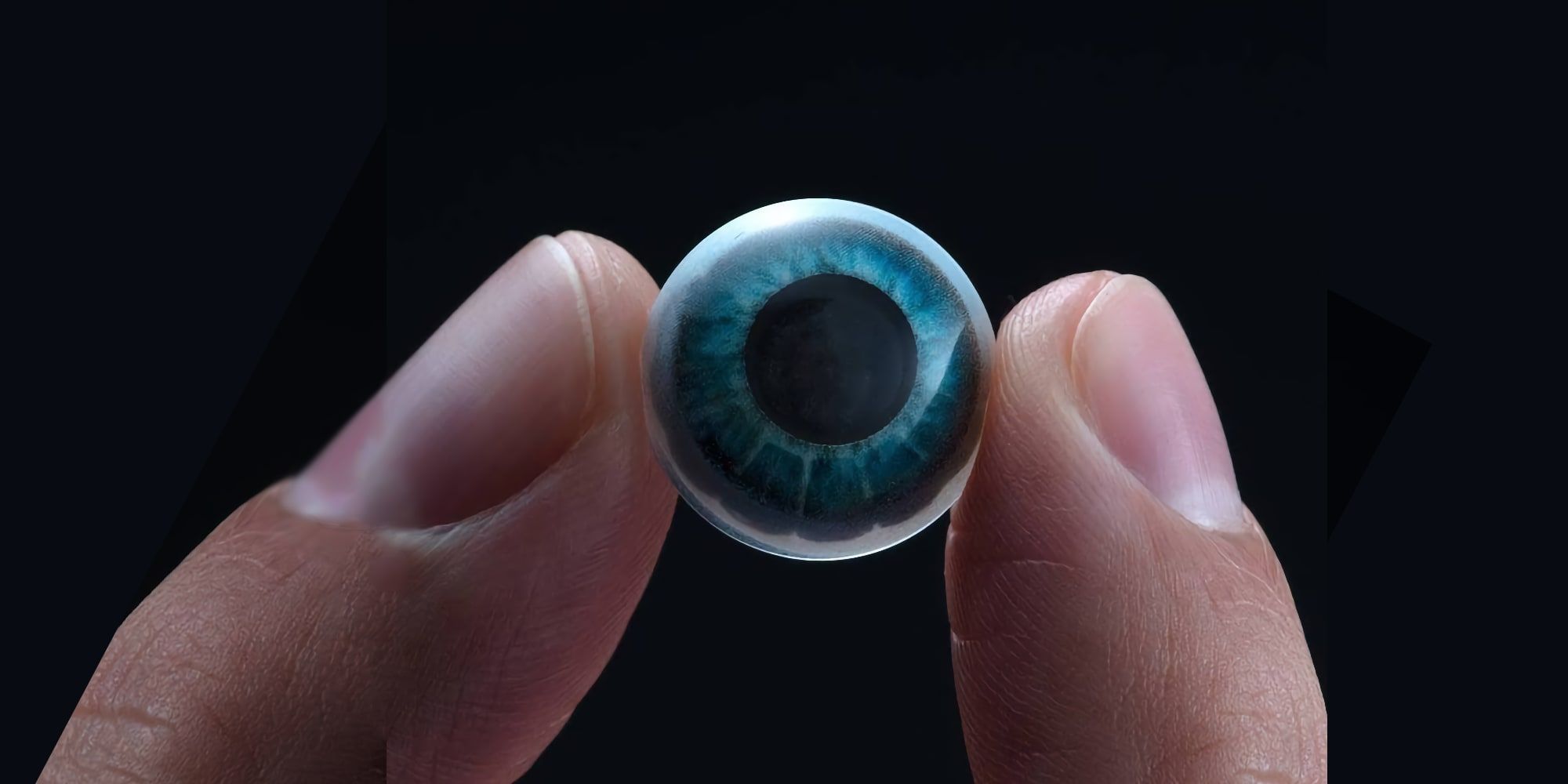Smart contact lenses may be closer than many would think, and recent demonstrations have wowed a few lucky journalists that had an opportunity to preview the technology. This is quite surprising since virtual reality headsets still haven't entered the mainstream, and augmented reality glasses are still in the early stages of development, with the few that have reached the market still seen as fringe products.
Part of the challenge of creating an AR-only product is that it requires both hardware and software that doesn't yet exist. Even the user interfaces that have become second nature for most people, tapping and swiping a screen, rolling a mouse, or handling a trackpad, are no longer available. For example, an iPhone can present augmented reality experiences in a familiar touchscreen form, but the future calls for hands-free use, and it simply hasn't been established yet. The most popular VR solution, Meta's Quest, only recently gained the ability to recognize the user's hands, allowing the use of a physical keyboard while in a VR meeting.
Smart contacts seem like a far-flung idea, but Mojo Vision just announced that's it smart lenses are now feature-complete and in preparation to move on to Food and Drug Administration clinical trials. That's quite an impressive pace for such an advanced concept first announced in 2020. While the AR effect will be much more simplistic than expected from tech giants like Meta, Microsoft, Apple and Google, Mojo Lens might provide a refreshingly unobtrusive alternative. Similar to personal computers from bygone ages, text and images are displayed in all green via a super-dense micro-LED screen. Demonstrations have already been given to CNET, as seen in a YouTube video with the lens mounted on a stick. It's incredible that this technology has moved forward so far and so fast.
How Mojo Lens Works
The first version of the Mojo Lens might not include a camera, and if it does, it certainly won't be placed within the contact lens itself. Instead, the design calls for a separate device worn around the neck which houses most of the computer components. The contact lenses primarily act as display screens but pack in plenty of other technology. There are accelerometers to track eye movement, radio components to send and receive information from the computing device, and a battery to power this activity. Fitting all of this into a wearable lens is incredibly challenging, which is said to be complete.
The user interface and software are equally essential, and Mojo Vision has been working to refine this as well. At present, hand tracking is not used, and there are no physical controllers either. Instead, navigating the controls is accomplished by looking at an app at the edge of the wearer's vision and pausing to bring it front and center. From there, eye movement and pauses move through various options and trigger other controls. This sounds like a system that might be frustrating if not designed very carefully and could even lead to eye strain if the interface is poorly made. Luckily, human testing has not begun yet. The product is still at least a few years away, allowing more time for Mojo Vision to refine its smart contact lenses and possibly add some physical control options.
Source: Mojo Vision, CNET/YouTube


